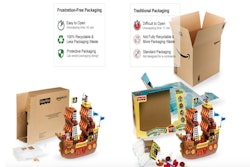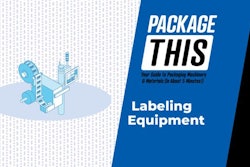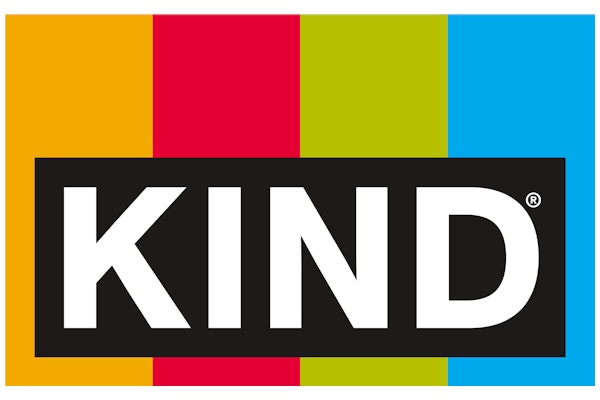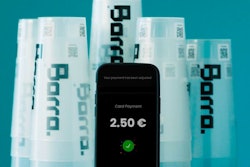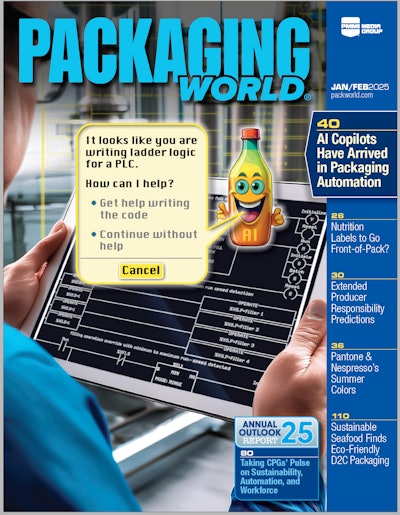
The trial backed1 by the Japanese government will be conducted at the Maizuru Carrot supermarket in Karatsu, Saga Prefecture, from January 24 to February 26, 2023. This is the first trial in Japan to use 2D barcodes with GS1 standards at the point of sale.
SATO is providing and operating the dynamic pricing system, as well as supplying the electronic shelf tags used in the trial. Using the trial outcomes, SATO and other participating organizations will develop solutions and commercialize them for retailers to achieve greater supply chain efficiency and further food waste reduction.
The objective of this trial is to demonstrate how tracking and dynamically marking down products using expiry data can generate efficiencies and food waste reduction:
• Reduce workloads. The trial will confirm how much labor savings stores can realize through eliminating the need to physically change price tags or apply discount stickers.
• Optimize turnover. The trial verifies whether stores can promote perishable foods effectively and efficiently through a system that applies tiered pricing with gradual adjustment in discount rates (instead of a one-time large discount) to encourage consumers to choose items with a shorter expiry date for a lower price.
• Explore the change in consumer behavior.
Most consumers look for markdown labels offering the best deal, and most likely, three out of four consumers will take the fresher product if the price is same.2 By implementing the new digital pricing solution, changes in consumer behavior can be explored as well as consumer satisfaction on the best deals.
Labels are printed with GS1 DataMatrix3 barcodes and applied to food products. Unlike traditional 1D barcodes, these dynamic 2D barcodes carry product information such as batch, lot number, and expiry dates, in addition to product identification. When this data is captured into the SATO Dynamic Pricing Solution4 during the receiving process in-store and integrated as point-of-sale (POS) sales data, retailers can track each item by SKU (stock keeping unit) and expiry date to not only set rules for repricing items automatically with changes in stock levels at specific times of the day but also differentiate pricing of items with the same SKU based on their respective shelf life.
The discount pricing is integrated with electronic shelf labels and POS systems so that consumers can see the price options to choose the item that best fits their needs and pay for it by getting its barcoded label scanned at checkout.
The pilot trial was conducted in collaboration with the Japan Research Institute, Imamura Trading, West Japan Ishida and Maizuru Carrot supermarket, with the assistance of GS1 Japan and SES-imagotag (Japan).
1This trial is part of the FY 2022 project by Japan’s Ministry of Economy, Trade and Industry (METI) for establishing infrastructures to enhance distribution efficiency and create added value. METI has commissioned the project to the Japan Research Institute, which conducts proof-of-concept trials with food producers/manufacturers and retailers and with the support of business partners to explore the role of IoT technologies in enhancing supply chain efficiency and reducing food waste.
2 Source: by Japan’s Ministry of the Environment (June 9, 2022) Press release
3 A variant of the 2D DataMatrix barcode that encodes data using GS1 Application Identifiers. Some countries are already transitioning to this globally standardized symbology as a new way of labeling medical and other products.
4 A dynamic pricing solution that combines GS1 DataMatrix barcodes, encoded expiry data, manufacturer-applied group tags and electronic shelf labels. With the gathering of big data, the solution can be further enhanced to automate repricing using AI.




